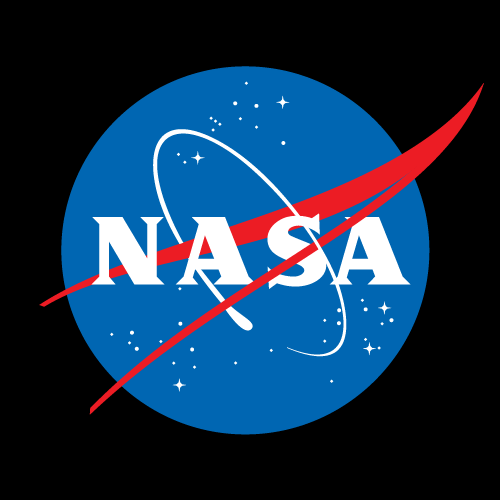Successes: What Happens After Submitting Your NTR
Success comes in many shapes and sizes
In a sense, the NTR itself is a success. You help NASA fulfill its responsibilities to track the new innovations developed as part of its research and development efforts. In addition, the NTR enables the Agency to honor its commitment to technology transfer.
Your NTR may go on to become the type of commercial success that is chronicled in Spinoff magazine. Yet other types of successes—achievements that depend upon the NTR—also are important. These include:
- Publication in NASA Tech Briefs so that the nation can learn about the new technologies and improvements emerging from space program R&D
- Awards from NASA and external organizations such as R&D magazine, demonstrating the Agency's role as a scientific and technological leader
- Use of the new technology in other NASA projects or by other government agencies, maximizing the return on taxpayer investments
Below are links to just a few of the multifaceted successes that become possible with an NTR. (Read more)
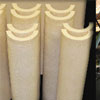
Polyimide Foams Offer Superior Insulation: A "eureka moment" led to an NTR that generated an R&D 100 Award, a NASA Commercial Invention of the Year Award, a license for commercial products, and use by another NASA field center.

Signal Processing Methods Monitor Cranial Pressure: At the prompting of a colleague, the innovator submitted an NTR that eventually led to a Technology Leadership Award from the Federal Laboratory Consortium for Technology Transfer, an R&D 100 award, a NASA Government Invention of the Year, and a commercial license achieved via public auction as well as other tech transfer successes.
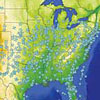
Comprehensive Software Eases Air Traffic Management: This NTR won NASA's Software of the Year Award and a license that is having national and international benefits.
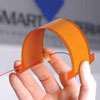
NASA Invention of the Year Controls Noise and Vibration: This award-winning NTR gave a small company access to research and technologies that allowed it to compete with larger corporations. Even NASA is one of its customers, allowing the Agency to obtain needed technology at a fraction of the cost.
